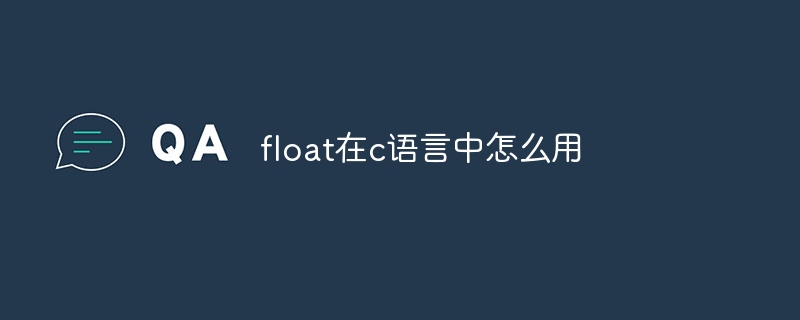
float is the data type used to represent floating point numbers in C language, which is stored in binary format in memory. To use float, you need to declare a variable of type float, which can then be assigned a value through a literal, assignment expression, or input function. The precision of a float depends on the machine's internal representation, which is usually about 7 decimal significant digits. The C language provides a variety of floating-point operators and functions, but it is important to note that float values are prone to overflow or underflow, and may not be completely equal when compared.

Usage of float in C language
What is float?
float is a data type in C language used to represent floating point numbers, that is, numbers with a decimal part. Unlike other data types, float values are stored in binary format in memory, which results in some loss of precision.
Using float
To use float, you need to declare a float type variable first, as shown below:
float my_float;
Then, you can use the following method Assign the value to the float variable:
my_float = 3.14;
my_float = another_float;
scanf("%f", &my_float);The precision of float
The precision of the float type is determined by the machine's internal representation. On most machines, float values are stored in 32 bits, which provides a precision of approximately 7 decimal significant digits. This means that for very large or very small numbers, a loss of precision may occur.
Floating point operations
The C language provides a variety of operators and functions for performing floating point operations, including:
Notes
The above is the detailed content of How to use float in c language. For more information, please follow other related articles on the PHP Chinese website!




